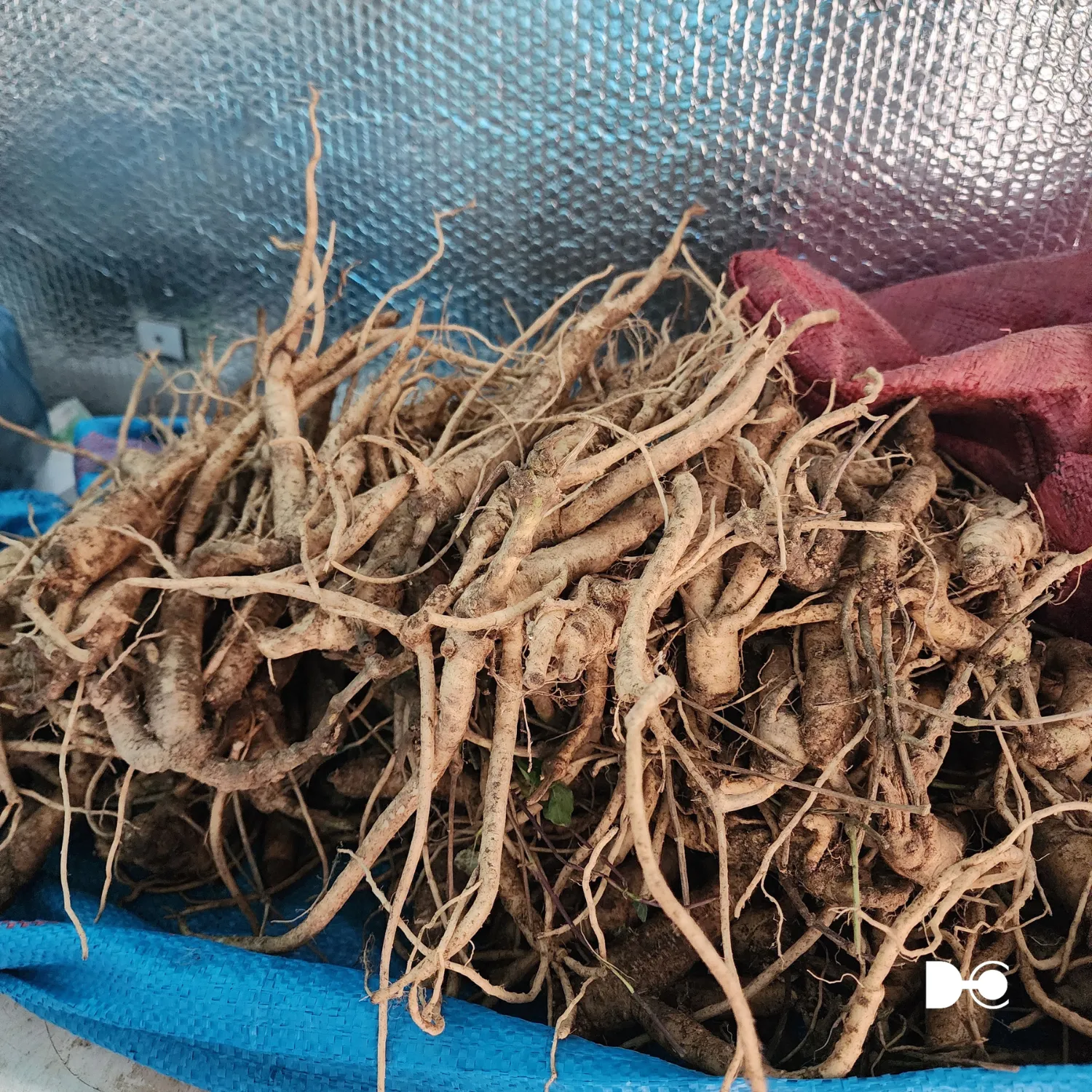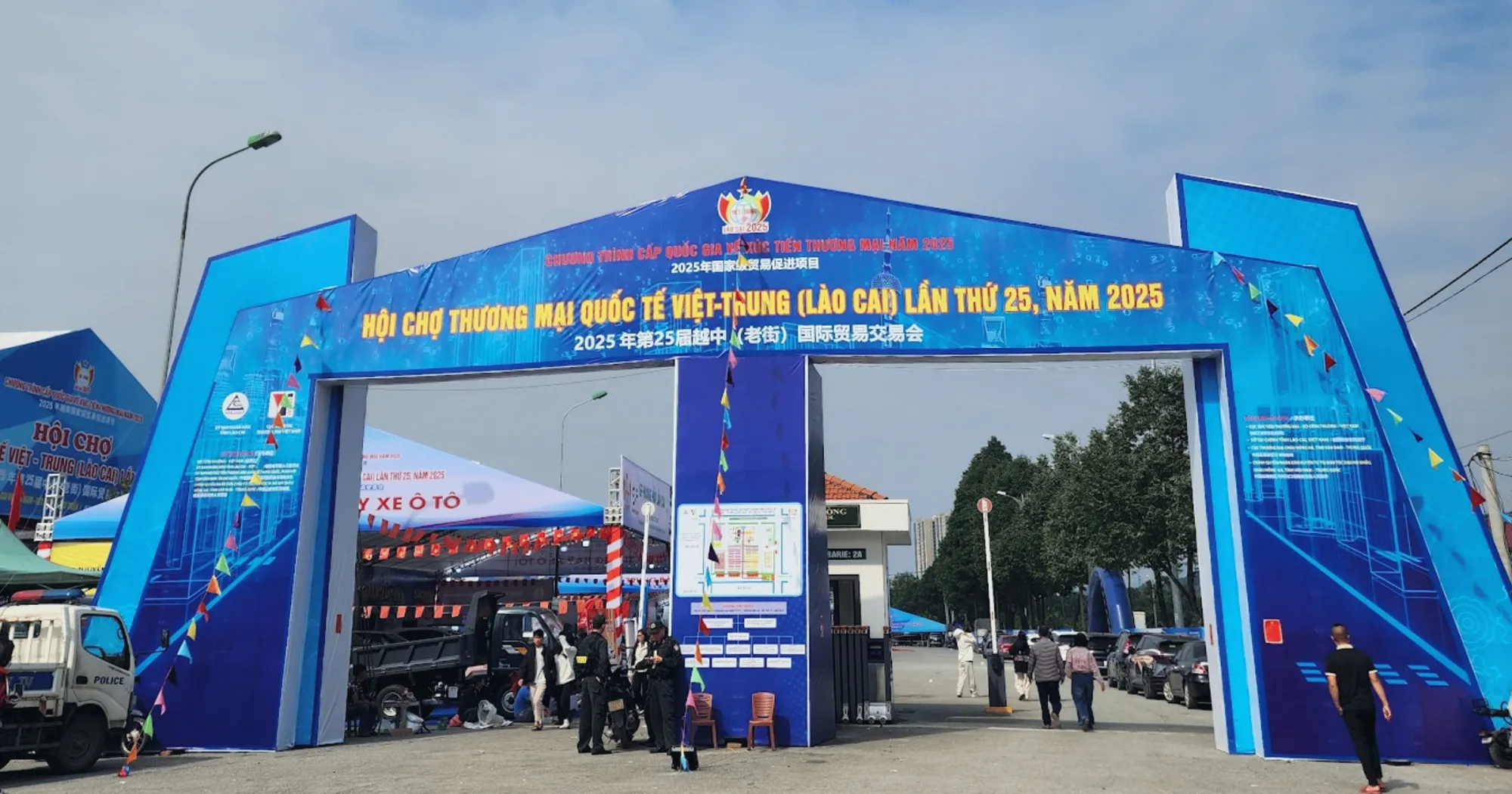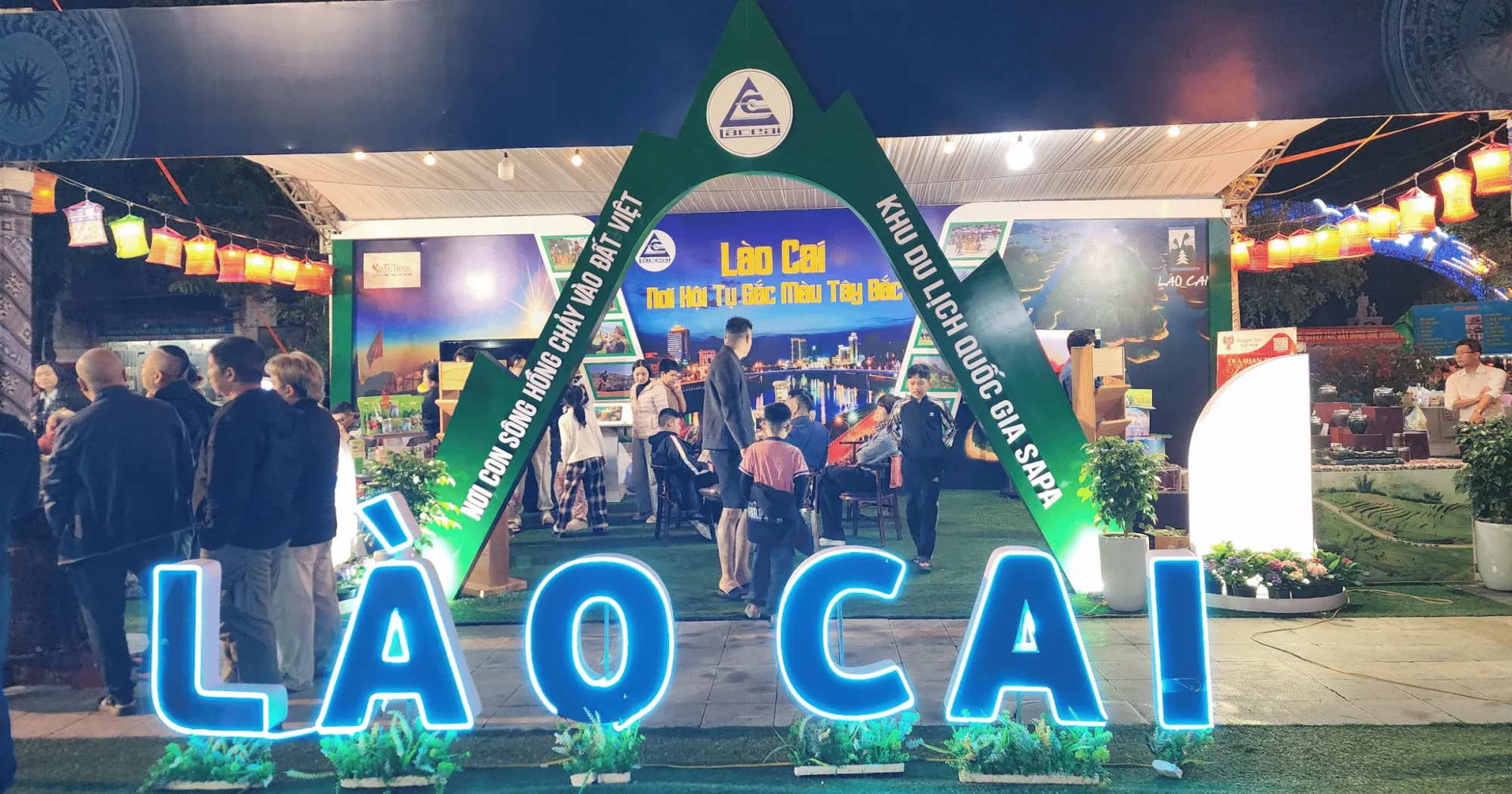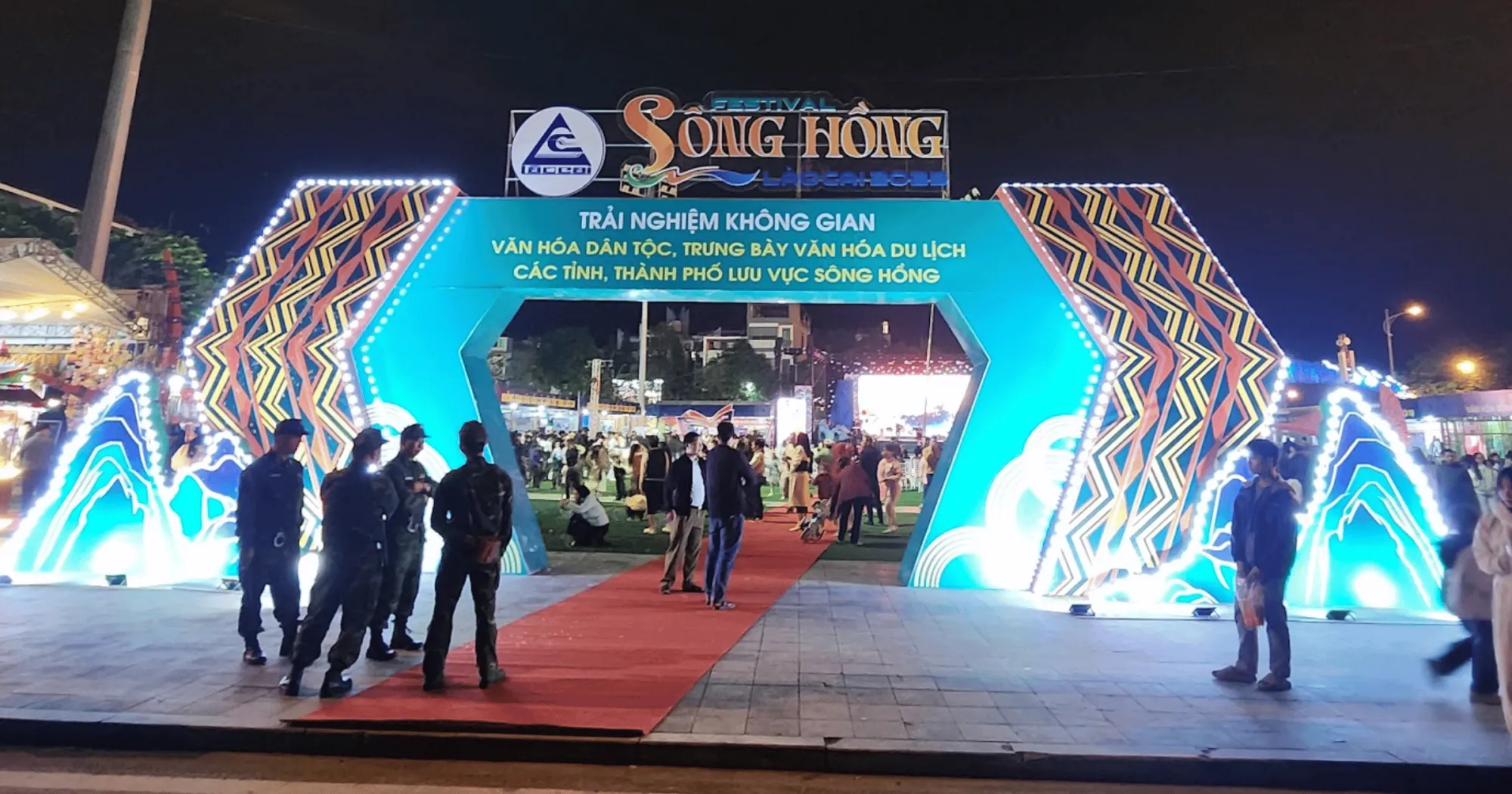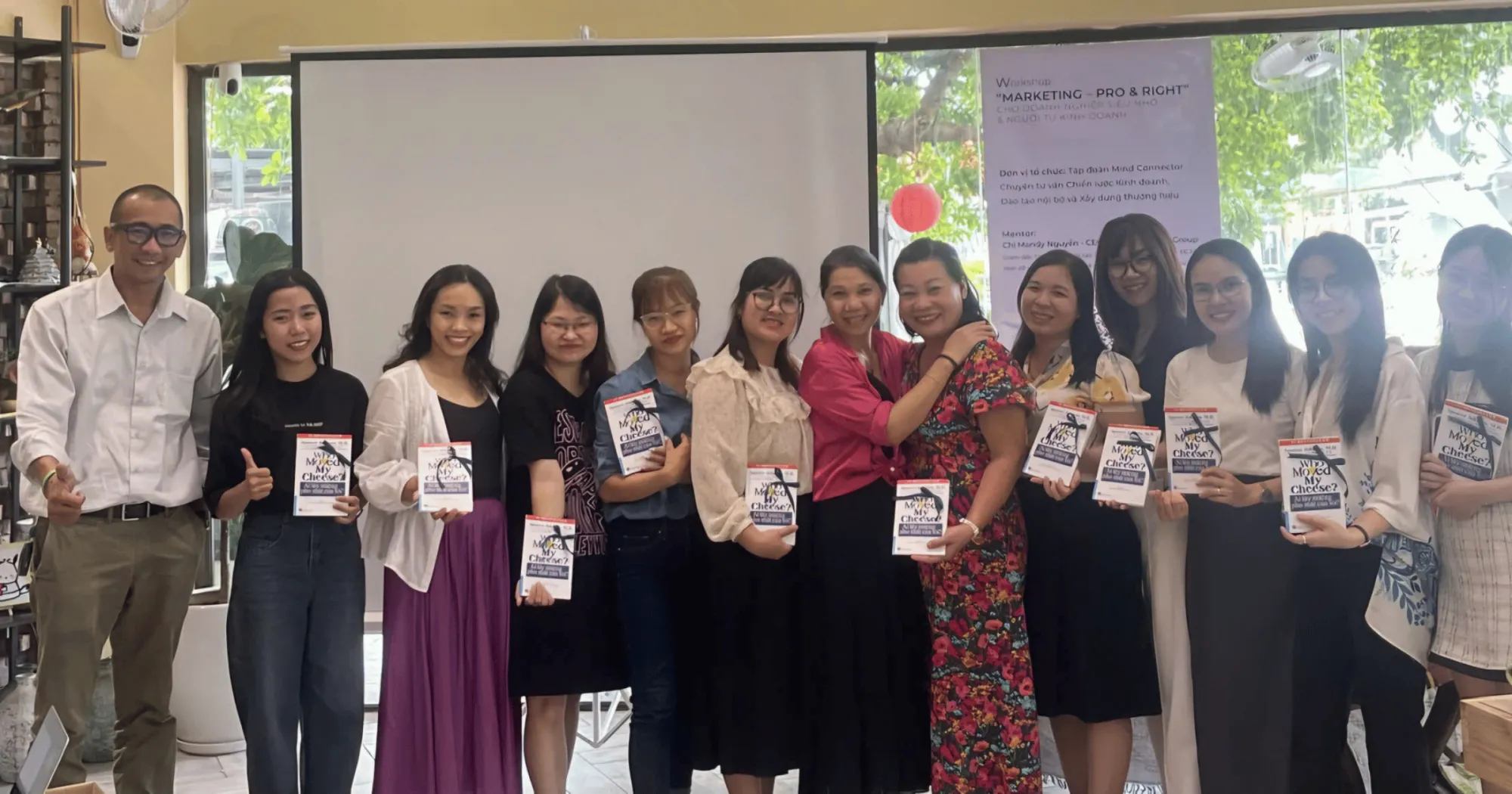Ginseng and ginseng extract have long been considered “treasures” of nature, bringing many health benefits. However, are these products really widely available to all classes of society, or are they only accessible to those with means? This article briefly describes the current status and potential of the ginseng and ginseng extract industry, as well as the stratification in the use of ginseng and ginseng extract in Vietnam, and highlights the challenges in making this product a popular choice, easily accessible to all people.

Ginseng and ginseng extract – Potential and current situation
Ginseng and ginseng extract are rare medicinal products in Vietnam, especially Ngoc Linh ginseng, known as one of the highest quality ginsengs in the world. Although there are many types of ginseng on the market such as Korean ginseng, American ginseng, Ngoc Linh ginseng always has the advantage in terms of quality and outstanding medicinal properties. According to a study by the Vietnam Institute of Medicinal Materials, the saponin content in Ngoc Linh ginseng is twice as high as other types of ginseng, bringing many health benefits such as enhancing immunity, supporting digestion and beautifying the skin.
Although there are many obvious benefits, the difficult problem is the level of access to ginseng products by people, especially the poor and middle classes.
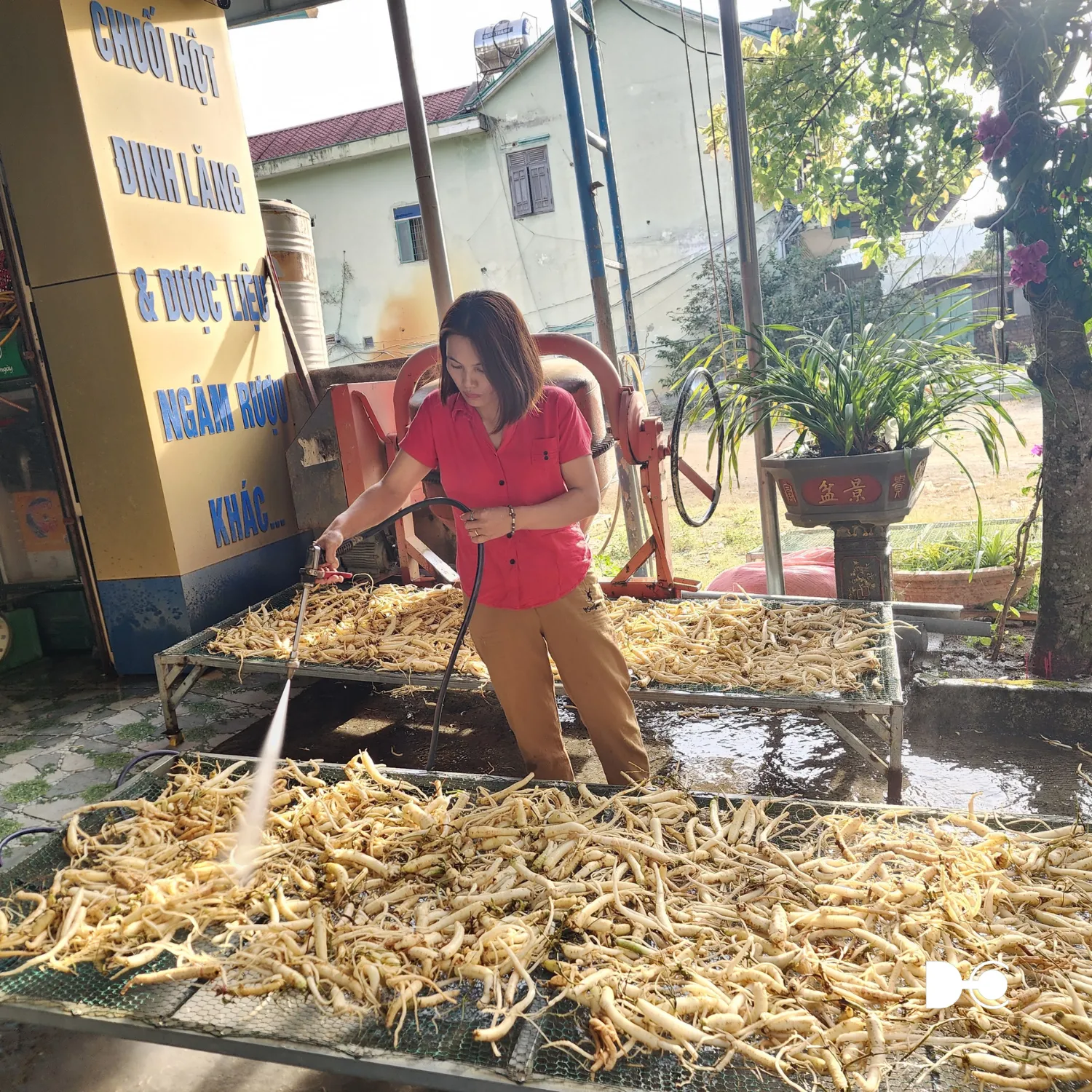
The gap between rich and poor in ginseng use
Ginseng and ginseng extract are still limited to certain social groups, mainly those with high incomes, such as the upper class, business leaders, or wealthy customers. This is largely due to the relatively high cost of the product.
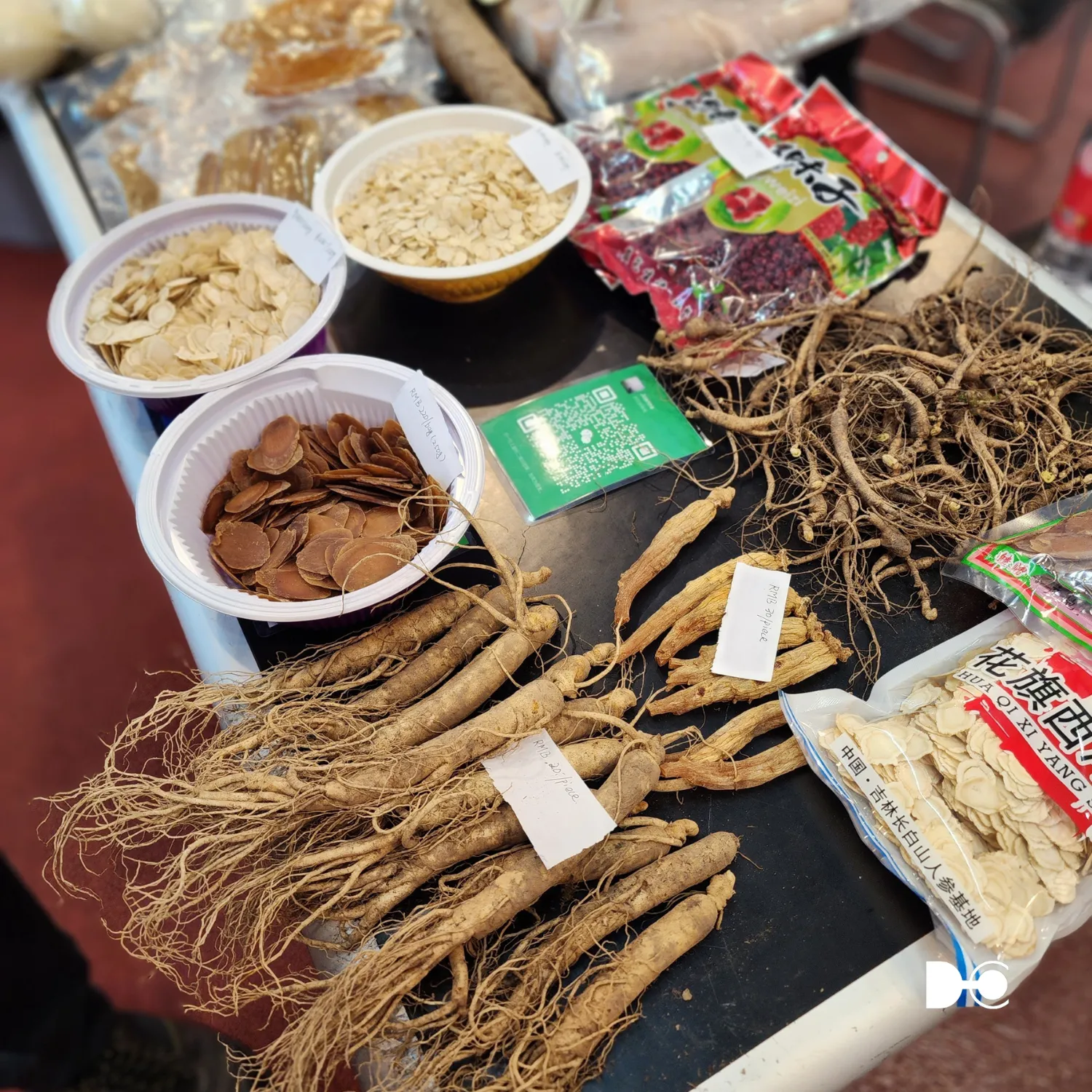
According to a survey from the General Statistics Office of Vietnam, the retail price of fresh Ngoc Linh ginseng can range from 2 million VND to 50 million VND per kilogram, depending on the quality and age of the ginseng. Ngoc Linh ginseng extract, a product processed from fresh ginseng, also has a relatively high price, from 1 million VND to 10 million VND per bottle of ginseng extract. Meanwhile, ginseng products imported from Korea or the US have lower prices, ranging from 500 thousand VND to 3 million VND per kilogram, but in terms of quality and effectiveness, they cannot be compared to Ngoc Linh ginseng..
This has led to the situation where Ngoc Linh ginseng is mainly served by the wealthy class, while people with low or average incomes have difficulty accessing this product. A study by the Vietnam Institute of Economic and Political Research shows that more than 70% of people in rural areas cannot afford ginseng products, despite knowing its health benefits.

Stratification in ginseng consumption
Not only fresh ginseng, even ginseng extract products – processed from fresh ginseng with high medicinal value – are also a high-end product that is difficult for low-income people to access. Although ginseng extract production facilities have tried to create many different forms such as capsules or ginseng powder for easy use, the product price is still a major factor preventing widespread consumption.
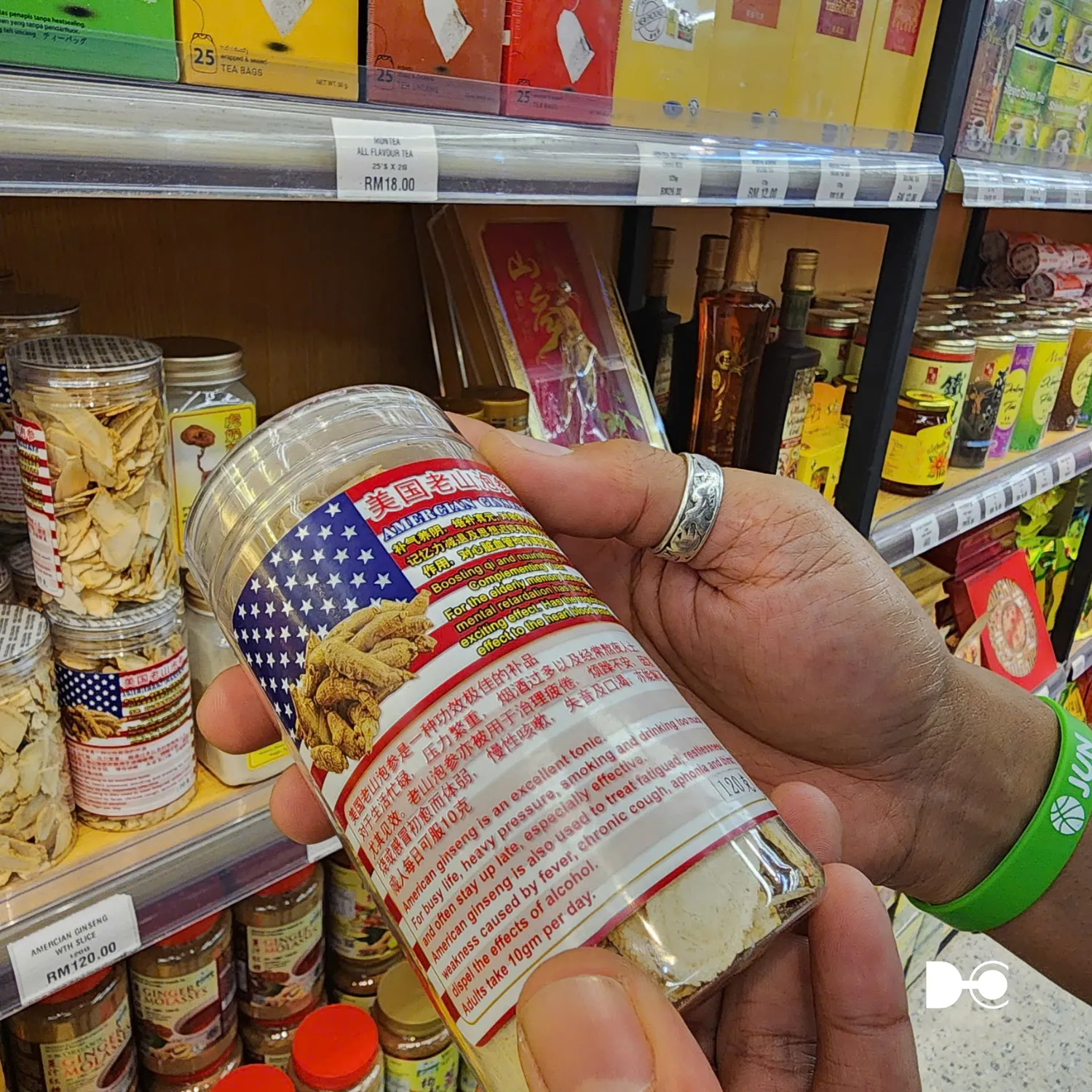
A study from the Vietnam Ngoc Linh Ginseng Association shows that, although the demand for ginseng extract has increased sharply in recent years, this product still only serves about 20% of the potential market, mainly concentrated in big cities such as Hanoi, Ho Chi Minh City, and Da Nang. Rural areas, especially the Central and Central Highlands provinces, have almost no presence of ginseng extract..
Ms. Lan, a resident of Hanoi, shared: “I know ginseng is very good for health, but a bottle of ginseng extract costs millions of VND, too expensive compared to my family’s income. I can only use this product when given by relatives.” This shows that the stratification in the use of this health product is becoming increasingly clear, when people with high incomes can easily access ginseng, while people with low or average incomes have to “look on with regret”.
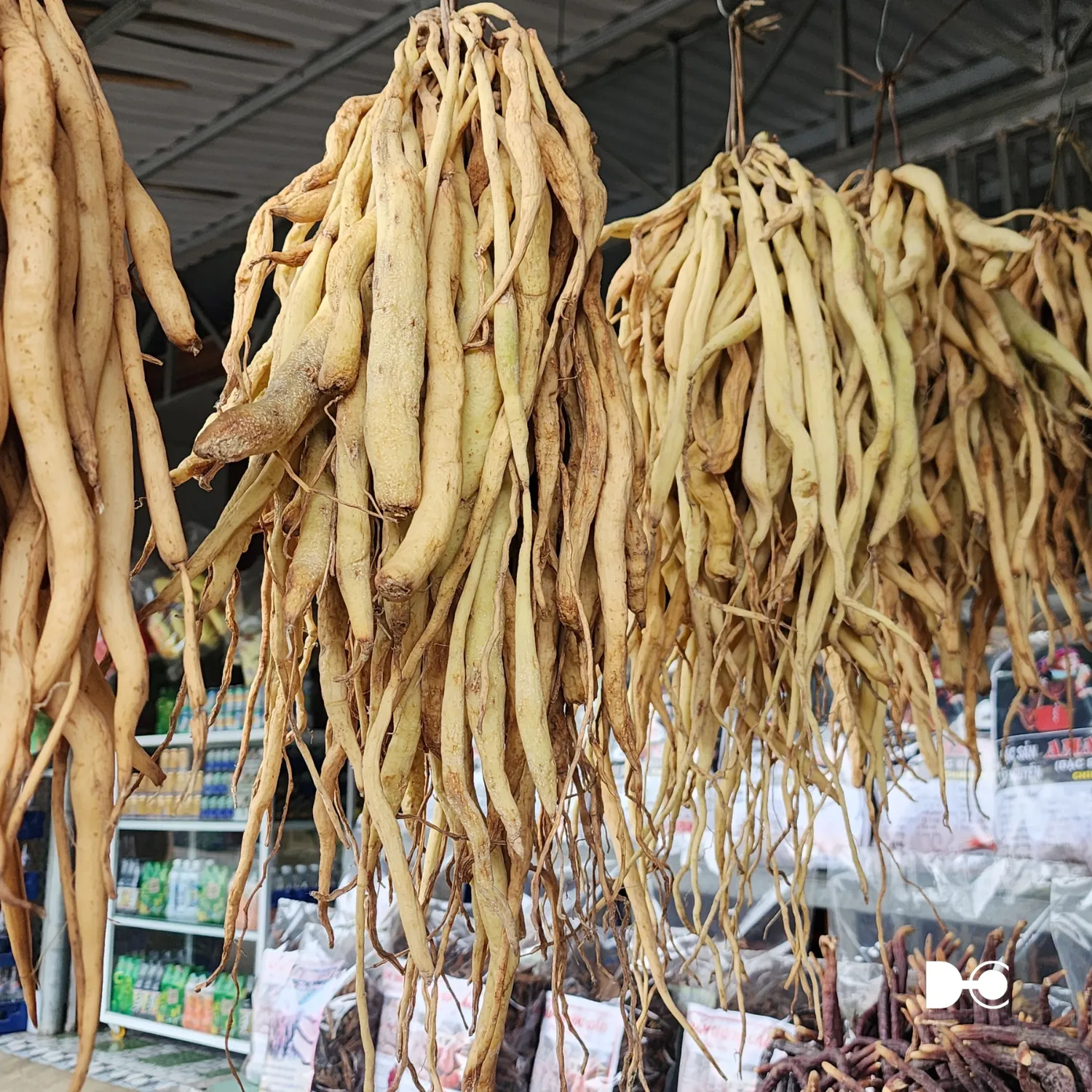
Solutions to narrow the ginseng consumption gap
To make ginseng and ginseng extract products a popular choice and available to all classes of society, there needs to be intervention from state policies and innovation in the way products are produced and processed.
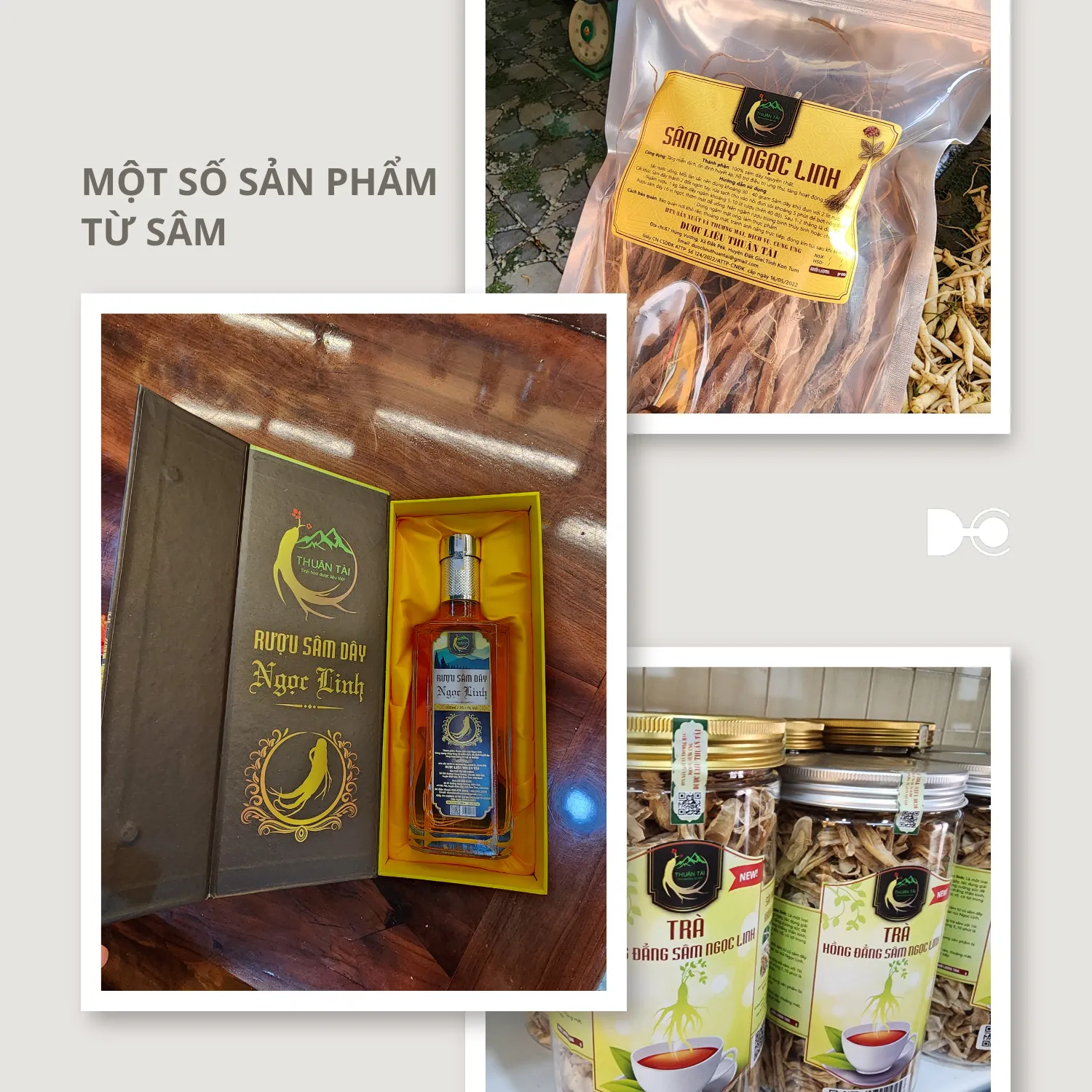
One of the important solutions is to support research and development of high-tech ginseng products, helping to reduce product costs while still ensuring quality. The government needs to implement programs to support ginseng farmers and ginseng processing facilities, thereby helping to increase output and reduce production costs.
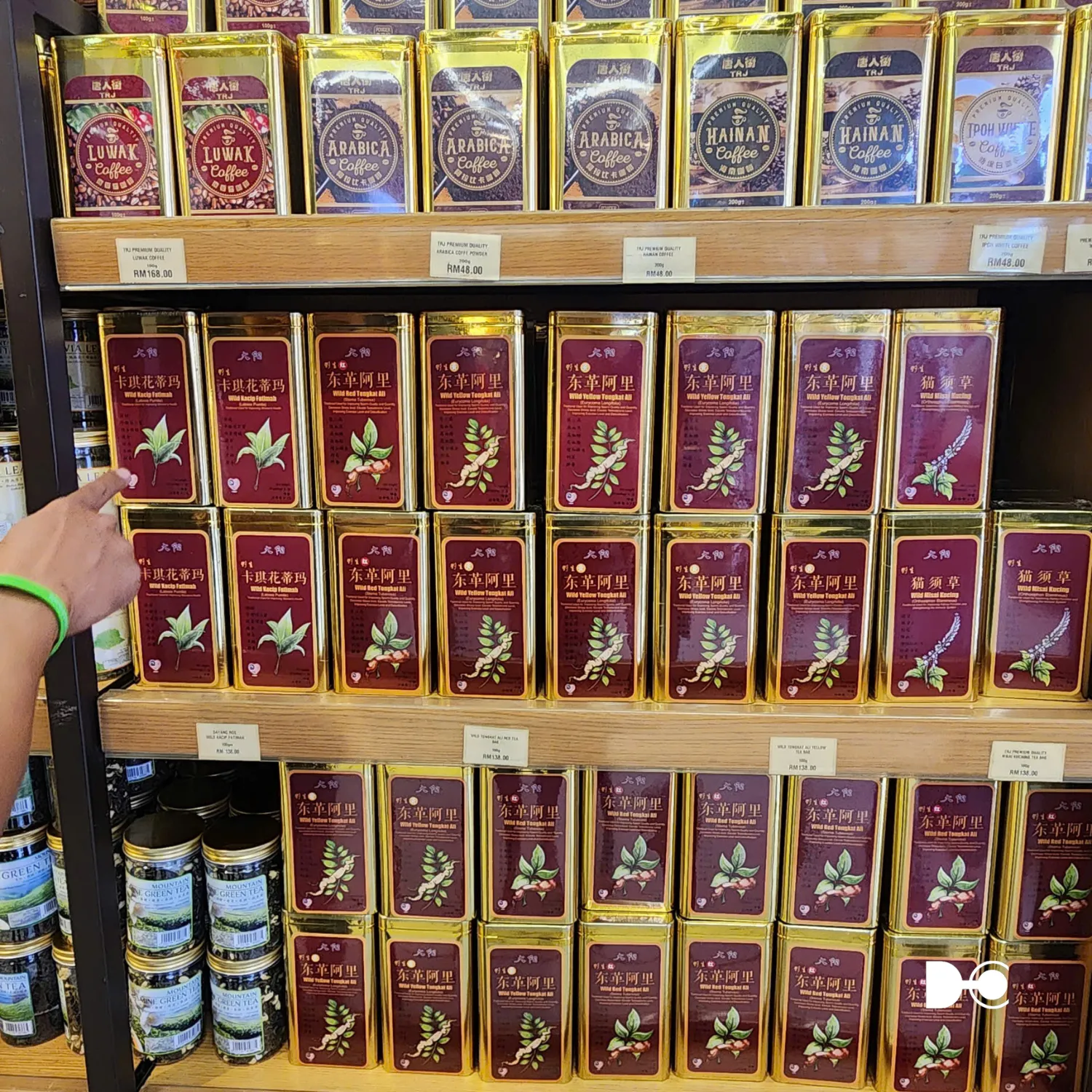
In addition, increasing public promotion and education about the uses and benefits of ginseng, especially in rural and mountainous areas, will help increase people’s awareness of using ginseng as a disease prevention method, helping to reduce the gap in consumption.
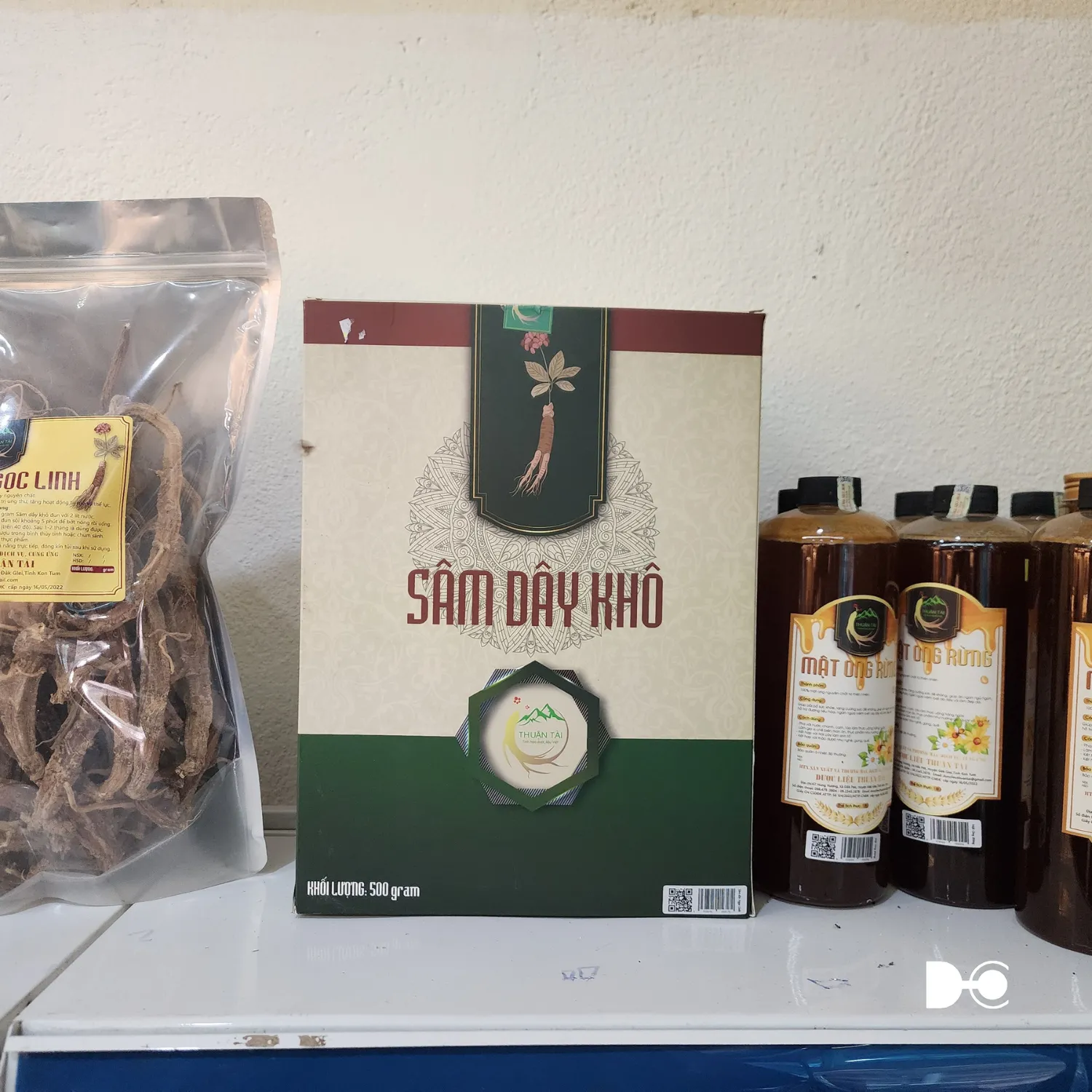
Conclusion
Ginseng and ginseng extract, although they are valuable medicinal products with many wonderful effects on health, are currently facing the problem of stratification in consumption. The rich can easily access this product, while the poor and middle class have difficulty due to high prices. To solve this problem, there needs to be changes from both government policies and manufacturing enterprises, to reduce costs and help ginseng products become more popular and accessible to everyone.
